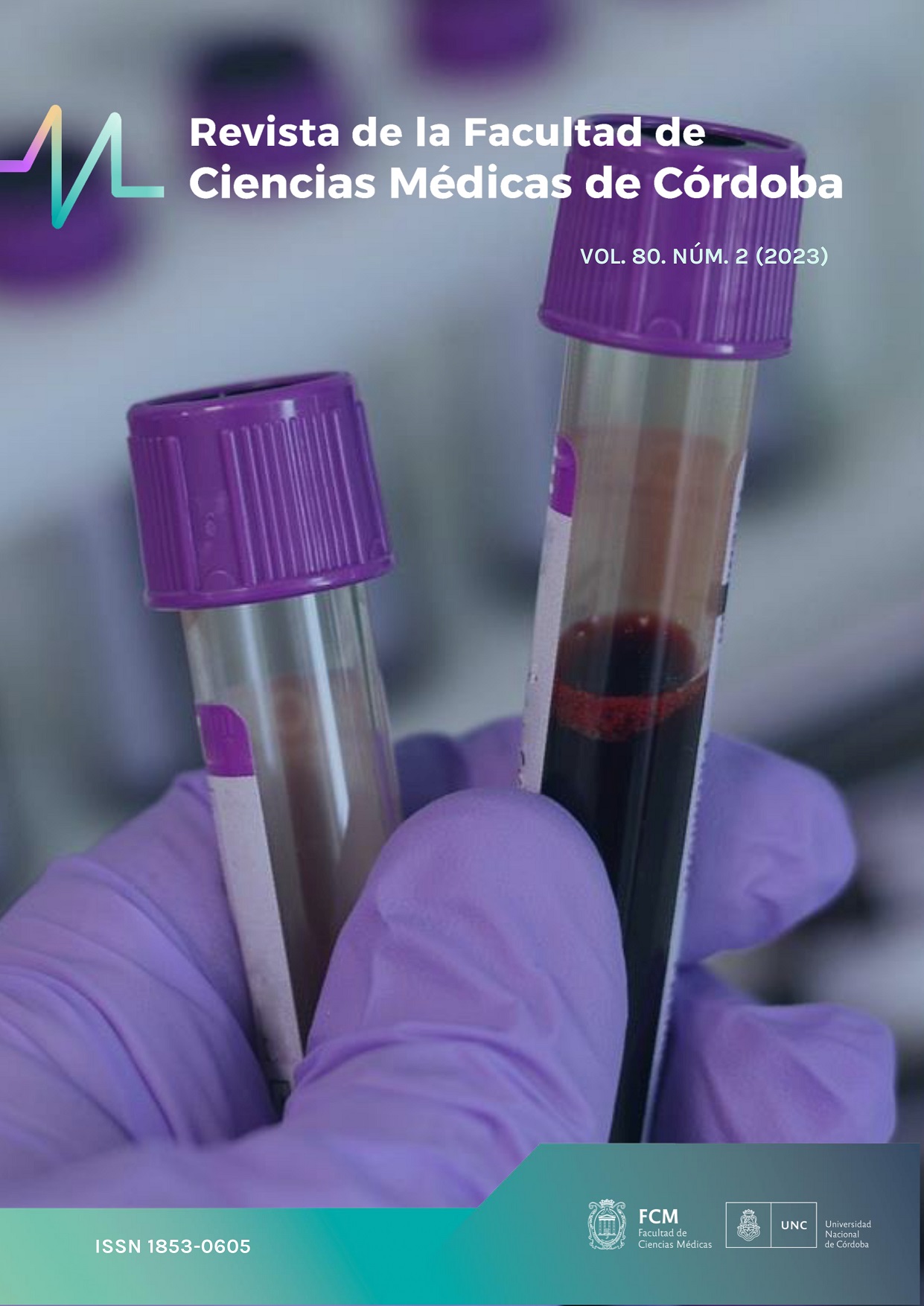Coenzyme Q10 prevents rise blood pressure and enhances left ventricular hypertrophy under saline overload conditions
Keywords:
Coenzyme Q10, blood pressure, left ventricular hypertrophy, hyper saline overloadAbstract
Saline food overload stands as a primary driver behind the emergence of salt-sensitive hypertension. Insights from both animal and human studies reveal that pressure-induced cardiac hypertrophy is tied to pathological shifts. The chief contributor to left ventricular hypertrophy (LVH) is systemic hypertension (SH). Findings from our prior research underscore that some underlying mechanisms tied to this condition are correlated with heightened oxidative stress and an exacerbated inflammatory response, leading to target organ damage. Implementing preventive and/or decelerating strategies for SH progression could yield significant cost-effectiveness, particularly under conditions of renal insufficiency. The purpose of this study was to ascertain the impact of dietary supplementation with Coenzyme Q10 (CoQ10) in thwarting the onset of SH, LVH, and the vascular changes at the myocardial level triggered by saline overload.
Thirty days post-uninephrectomy (UNX), adult male Wistar rats (n=15) were categorized into groups as follows: G1 = normal sodium diet: NaCl 0.2% (DNNa), G2 = high sodium diet: NaCl 4% (DANa), G3 = CoQ10 (200mg/kg/day) + NaCl 4% (DANa+Q10). Blood pressure (BP) was recorded using the tail-cuff method, and baseline weight was measured, then at 45 and 100 days post-treatment. At the study's conclusion, the LVH index (LV weight, mg/body weight, g) was evaluated, and histological sections of the left ventricle stained with H&E were utilized for vascular density assessment.
BP increased in DANa animals compared to DANa+CoQ10, with no concomitant change in body weight. The BP effect emerged at 45 days into the treatment and endured until the protocol's end. CoQ10 partially prevented LVH (G2: 2.05±0.20 vs G3: 1.77±0.03 mg LV/g b.w., p=0.06) and additionally thwarted the reduction in the number of vessels per myocardial area (G3=184.9±19.6 vs G2=108.05±17.92 vessels/mm², p=0.00).
CoQ10 treatment during high sodium intake in rats with moderate chronic renal insufficiency forestalled cardiac tissue alterations, likely by restraining BP elevation.
Downloads
References
.
Additional Files
Published
Issue
Section
License
Copyright (c) 2023 Universidad Nacional de Córdoba

This work is licensed under a Creative Commons Attribution-NonCommercial 4.0 International License.
The generation of derivative works is allowed as long as it is not done for commercial purposes. The original work may not be used for commercial purposes.











